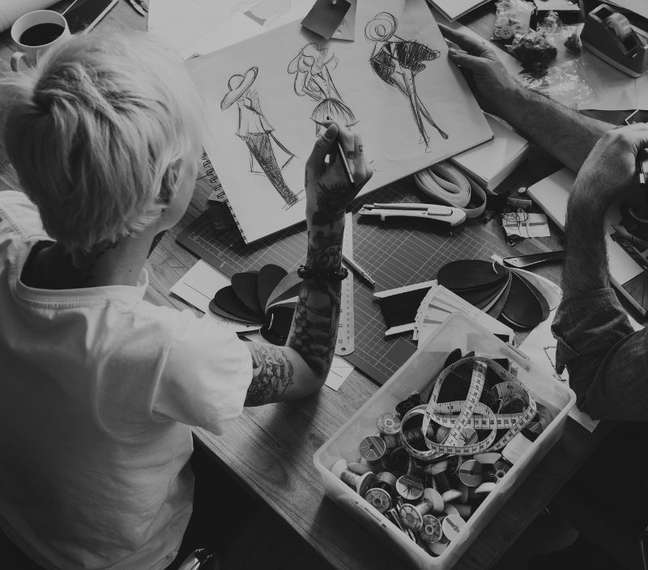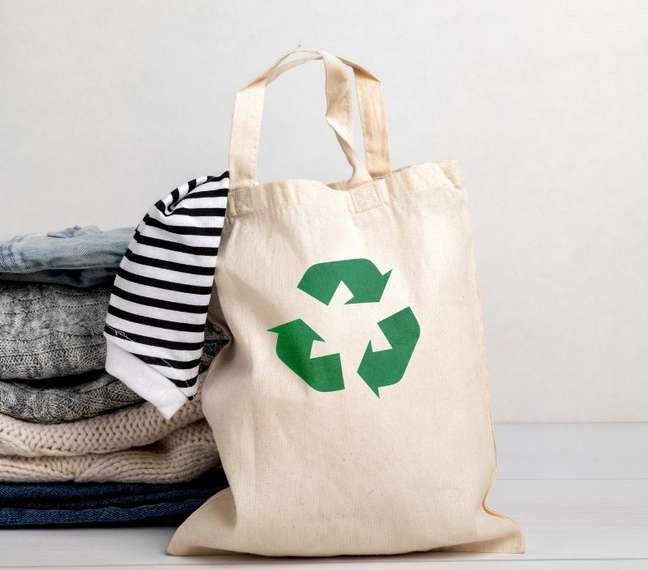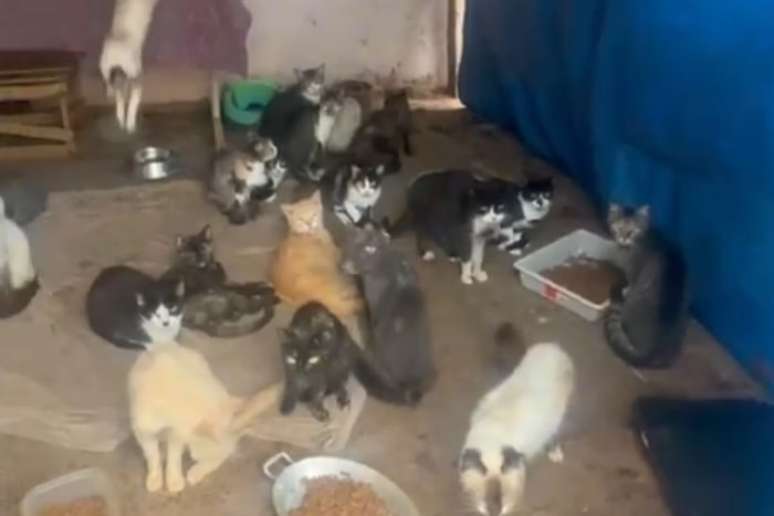Contrary to fast fashion, the concept of slow fashion sees fashion in a more conscious and sustainable way; comprehend

Fashion is no longer exclusively synonymous with beautiful clothes and glam long. Today the fashion landscape also embraces other important themes, such as well-being, expression and even economic and socio-environmental indices. And this evolution of thought has led to an important, more conscious and sustainable trend in the world of fashion: the slow fashionthat goes against fast fashion.
or fast fashion it is the model we know best in the fashion world, where there is a large-scale production of pieces, which go for example in department stores or on websites. And slow fashion wonders exactly how the pieces are produced and discarded in this model.
This is because fast fashion, despite making production faster and prices cheaper, also has very negative consequences – the garments will have a shorter useful life and, consequently, a non-ecological disposal. So, understand a little more about the problems of fast fashion and how the slow fashion trend works:
Fast fashion issues
Some slow fashion problems are:
- fast production that does not take into account environmental factors;
- little (or almost) appreciation of the workforce, which can often offer a working condition similar to slavery;
- being a trend-based part, its useful life is shorter and its disposal is faster;
- short-term disposal is usually unsustainable, as well as favoring waste.

What about slow fashion?
When we understand the impacts on the way of doing fashion, it is necessary to look for an alternative for this, right? In this sense, slow fashion has emerged. In it, speed is no longer essential, what matters is awareness.
The production also changes: the pieces are made on a small scale (usually between small or medium), that is, they are more limited productsand also in more time-consuming processes, with collections not being replaced quickly.
Discover other advantages of this system:
- the idea is no longer global, so there is a priority of the production site;
- promotion of socio-environmental awareness from raw material to disposal through the appreciation of natural resources and the awareness that the piece goes beyond the season: it carries a story and, therefore, should not be quickly discarded;
- real prices: the part, yes, will cost more. However, that doesn’t mean it’s expensive, see? The price increase reflects the incorporation of ecological and social costs and the valorisation of labor;
- responsible farming, convenient distribution and end-to-end sustainability;
- see fashion as a cycle.

How to follow this trend?
If, after understanding the differences between fast fashion and slow fashion, you decide to follow this new trend, here are some tips:
Visit thrift stores:
Why buy something new when you can give new meaning to an already existing part?
Exploring thrift stores that match your style can be a good opportunity to revamp your wardrobe on a budget. Also, you can still pass on some outfits that no longer make sense and contribute to circular fashion.
Awareness comes before buying:
Even though slow fashion recommends buying less and reusing more, it’s clear we will continue to buy new pieces from time to time. However, this can also be done consciously: you can value small businesses, like that little neighborhood store, instead of big chains, for example.
And when you bet on brands, do your research: find out where the clothes come from, what they are made of, who makes them, what is the sustainable proposal of the collection and so on.
Do you really need to unwrap? So do it right
If you want to put the concept of slow fashion into practice, keep in mind that the less you throw away, the better. However, when the part is no longer useful and cannot be reformed, it can be passed on knowingly and without causing harmful impacts to the environment.
Check it out:
- if the clothes are no longer your style: how about customizing it? A good remodel can give the piece a new look!
- if it is in good condition: customization doesn’t help? So, it’s time to move on. You can donate it to someone who needs it or sell it in thrift stores.
- if it is in poor condition and cannot be repaired: look for places that recycle or dispose of textile products properly.
So, how about starting slow fashion today?
Source: Terra
Benjamin Smith is a fashion journalist and author at Gossipify, known for his coverage of the latest fashion trends and industry insights. He writes about clothing, shoes, accessories, and runway shows, providing in-depth analysis and unique perspectives. He’s respected for his ability to spot emerging designers and trends, and for providing practical fashion advice to readers.







